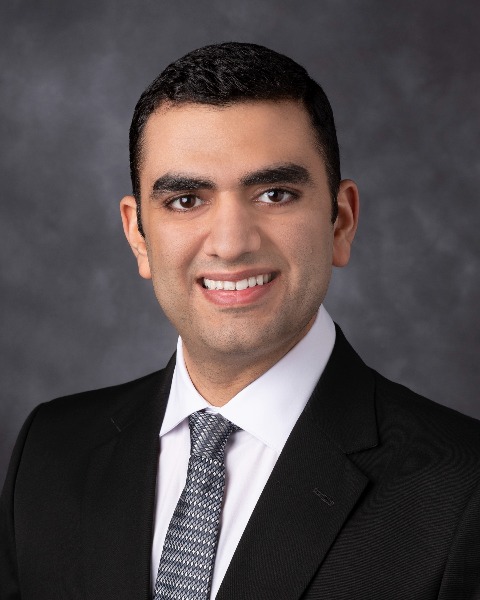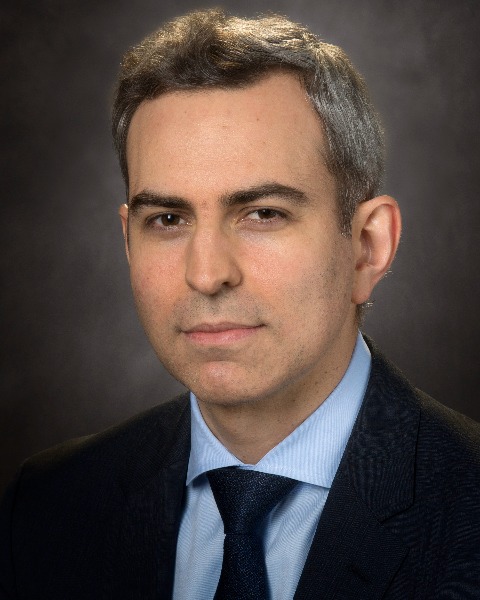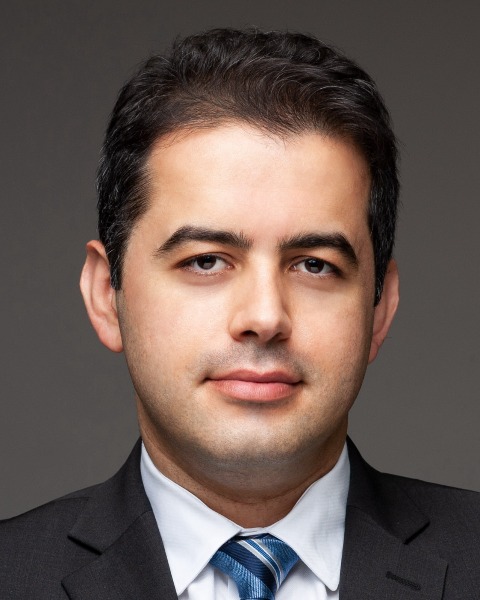SIR 2025
Embolization
Scientific Session
Comparative Efficacy of Liver Venous Deprivation and Portal Vein Embolization in Enhancing Future Liver Remnant Hypertrophy for Extensive Colorectal Liver Metastases: A Propensity Score Matched Analysis

Mohammad Mahdi Khavandi, MD
Postdoctoral research fellow
MD Anderson Cancer Center, United States- AH
Antony Haddad, MD
Postdoc Fellow
MD ANDRESON, United States - ML
Mateo Lendoire, MD
Fellow
Md anderson, United States - BA
Belkacem Acidi, MS
Med student
Md anderson, United States - YC
Yi-Ju Chiang, None
Data Manager
md anderson, United States - SG
Sanjay Gupta, MD, FSIR
Professor and Chairman of the Department of Interventional Radiology
MD Anderson Cancer Center, United States 
Alda Tam, MD, FSIR
Professor
MD Anderson Cancer Center, United States
Bruno C. Odisio, MD, PhD, FSIR (he/him/his)
Professor
MD Anderson Cancer Center, United States- AM
Armeen Mahvash, MD
Physician
MD Anderson Cancer Center, United States 
Mohamed E. Abdelsalam, MD
Associate Professor
UT MD Anderson Cancer Center, United States
Ethan Y. Lin, MD
Assistant Professor
MD Anderson Cancer Center, United States- JK
Joshua D. Kuban, MD, FSIR, MA
Associate Professor
MD Anderson Cancer Center, United States - TN
Timothy Newhook, MD
Assistant Professor
Md Anderson, United States - HT
Hop Tran Cao, MD
Associate Professor
MD Anderson Cancer Center, United States - CT
Ching Wei Tzeng, MD
Associate Professor
MD Anderson Cancer Center, United States 
Steven Y. Huang, MD, FSIR
Professor
The University of Texas MD Anderson, United States- JV
Jean-Nicolas Vauthey, MD
Professor
MD Anderson Cancer Center, United States 
Peiman Habibollahi, MD, RPVI
Associate Professor
MD Anderson Cancer Center, United States
Presenting Author(s)
Author/Co-author(s)
To assess the efficacy of liver venous deprivation (LVD) compared to Portal vein embolization (PVE) for inducing future liver remnant (FLR) hypertrophy in patients with colorectal liver metastases (CLM) and multiple risk factors.
Materials and Methods: A single-center retrospective study included 301 patients undergoing PVE or LVD before planned hepatectomy for CLM during 1998-2023. Propensity score matching was done in 1:3 fashion and accounted for pre-procedure standardized FLR (sFLR), body mass index, number of systemic therapy cycles, extension of PVE to segment IV portal vein branches, and baseline liver function.
Results:
The matched cohort included 78 patients (LVD n=22; PVE n=56) patients with a median (IQR) pre-intervention sFLR of 28.6% (25.3%-36.0%) for LVD, compared to 29.2% (24.6%-36.2%) for PVE patients (p=0.965). Median (IQR) Post-procedure sFLR was not significantly different in the two groups (39.8 (34.5-47.8) for PVE vs 46.1 (35.4-53.0) for LVD, p =0.2). However, LVD patients had a significantly higher degree of hypertrophy (DH) (16% vs. 11%; p=0.017) and kinetic growth rate (3.9% vs. 2.4% per week; p=0.006). There were no differences in the rate of completion of surgical plan in patients who underwent LVD compared to PVE (n=15, 68% vs. n=38, 68%, p=0.978). Among the 22 patients who underwent LVD in our matched cohort, there were no severe adverse events. Four patients experienced mild or moderate adverse events including fever and erythema at the access site (n=1), post-procedural pain (n=1), access-site bleeding (n=1), asymptomatic non-target glue embolization to the lungs (n=1). Regarding postoperative outcomes, one patient from PVE group had postoperative hepatic insufficiency compared to none in LVD group and there was no post-operative mortality in either group.
Conclusion:
LVD is safe and is associated with increased FLR hypertrophy based on DH and improved KGR compared to PVE in patients with CLM and risk factors associated with lower FLR hypertrophy.


.jpg)